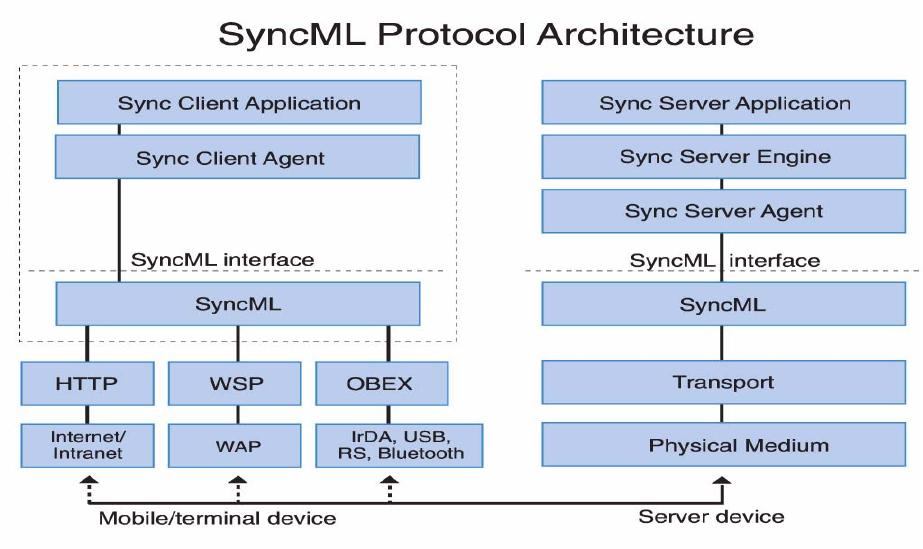
White Paper T610/612
19
Benefits of a common synchronization
protocol
End users
Today’s user of mobile devices probably uses a different
synchronization product with every device. Each tech-
nology can synchronize only a few applications, or is
limited to a particular type of network connection. This
arrangement is expensive to install, confusing to config-
ure and operate, and costly to administer. With SyncML,
users will be able to buy devices that synchronize with a
broader range of data.
Device manufacturers
Device manufacturers will benefit from a common proto-
col that will make the device interoperable with a
broader range of applications, services, and network and
transmission technologies.
Service providers
Service providers moving into the growth area of appli-
cation hosting are particularly concerned that a prolifera-
tion of synchronization technologies will make it
impossible to deploy and support their customers in a
cost-effective manner. To support the range of data types
and devices in use today, service providers must install
and configure multiple server infrastructures, maintain
and support that infrastructure, and maintain compatibil-
ity and performance. The alternative now available, to
use a single solution for data connectivity, involves the
risk of a tight coupling to a propriety solution. With Syn-
cML, they will be able to provide connectivity to a wider
selection of applications.
Application developers
Choosing to support multiple synchronization technolo-
gies enables an application to support more types of
devices and networked data, but that choice comes at a
cost. With SyncML, application developers will be able
to develop an application that can connect to a more
diverse set of devices and network data.
Network operators
As multiple applications that need remote synchroniza-
tion over WAP are developed, there will be an automatic
growth of revenue for network operators.


















